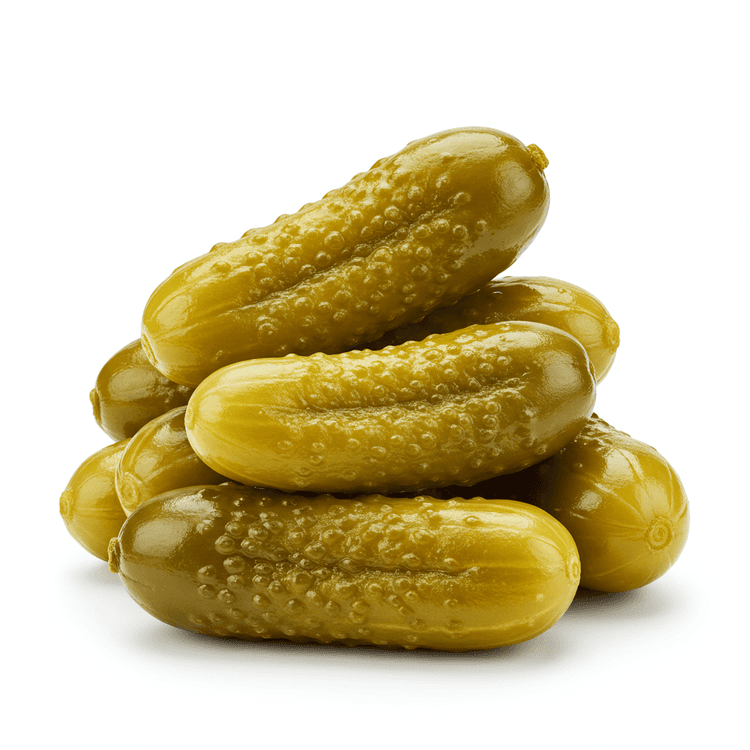
Salted Preserved Vegetable
Salted preserved vegetables offer a unique, intense, and savory flavor profile, often described as salty, umami-rich, and slightly tangy. The texture can vary greatly depending on the vegetable used and the preservation method, ranging from crisp and crunchy to soft and almost fermented. These vegetables typically have a concentrated flavor and aroma due to the preservation process. Appearance varies widely from vibrant greens to dark browns, depending on the specific vegetable and preservation process. Salted preserved vegetables are commonly used to add depth and complexity to dishes and are a staple in many cuisines as a way to extend the shelf life and enhance flavor.
Common Uses
- To add a salty and umami boost to stir-fries, imparting a distinctive depth of flavor. They are often chopped finely and added towards the end of cooking to maintain their texture.
- As a key ingredient in braised dishes, where their savory notes complement the other ingredients and create a rich, complex sauce. They tenderize during the braising process and infuse the dish with their unique flavor.
- In soups and stews, contributing a salty and savory base that enhances the overall flavor profile. They release their flavors slowly, creating a more nuanced and satisfying broth.
- Chopped finely and used as a condiment or topping for rice and noodles, adding a burst of salty and flavorful accent to the dish. Their concentrated flavor means a little goes a long way.
- Incorporated into stuffings and fillings for dumplings or buns, providing a salty and savory element that balances out the other flavors and adds moisture.
- To prepare relishes or pickles when combined with other ingredients, for creating preserved vegetable condiments or side dishes that offer a tangy and salty accent to meals.
Nutrition (per serving)
Nutrition (per serving)
Calories
20.0kcal (1%)
Protein
1.0g (2%)
Carbs
4.0g (1.45%)
Sugars
1.0g (2%)
Healthy Fat
0.0g
Unhealthy Fat
0.0g
% Daily Value based on a 2000 calorie diet
Nutrition (per serving)
Calories
20.0kcal (1%)
Protein
1.0g (2%)
Carbs
4.0g (1.45%)
Sugars
1.0g (2%)
Healthy Fat
0.0g
Unhealthy Fat
0.0g
% Daily Value based on a 2000 calorie diet
Health Benefits
- May provide probiotics beneficial for gut health due to fermentation.
- Can contribute essential minerals like sodium, though moderation is key.
- Low in calories and can be a flavorful addition to a balanced diet.
- Offers unique textures and tastes that may stimulate appetite and improve culinary enjoyment.
- Certain varieties may contain vitamins, depending on the vegetable used and preservation method.
Chefadora AI is here.
Experience smarter, stress-free cooking.
Storage Tips
Salted preserved vegetables should be stored in a cool, dark, and dry place. Once opened, it's best to refrigerate them in an airtight container to prevent spoilage and maintain their quality. Ensure the vegetables are submerged in their brine if applicable. Properly stored, they can last for several months, though flavor and texture might gradually change over time.
Marnirni-apinthi Building, Lot Fourteen,
North Terrace, Adelaide, South Australia, 5000
Australia




